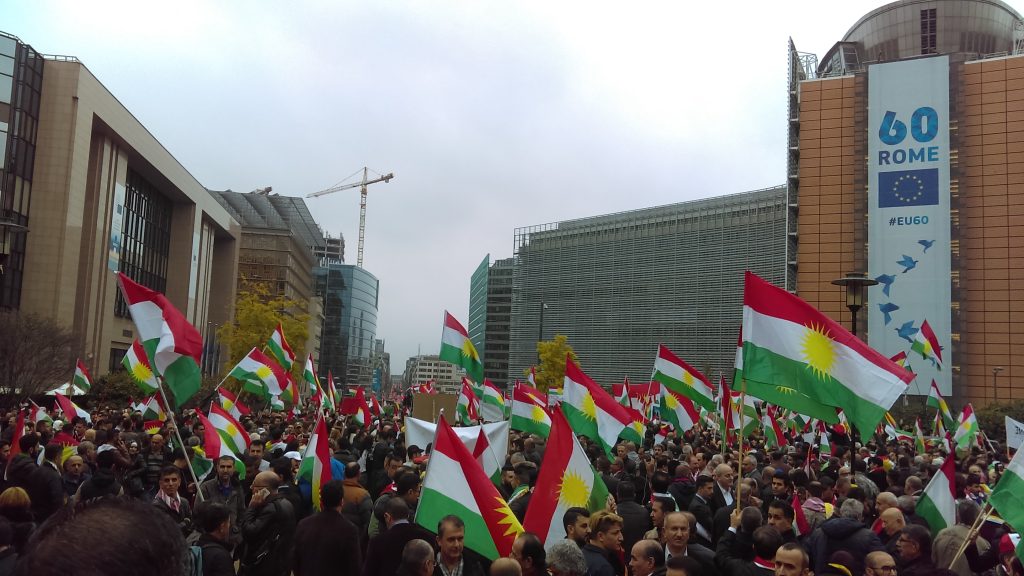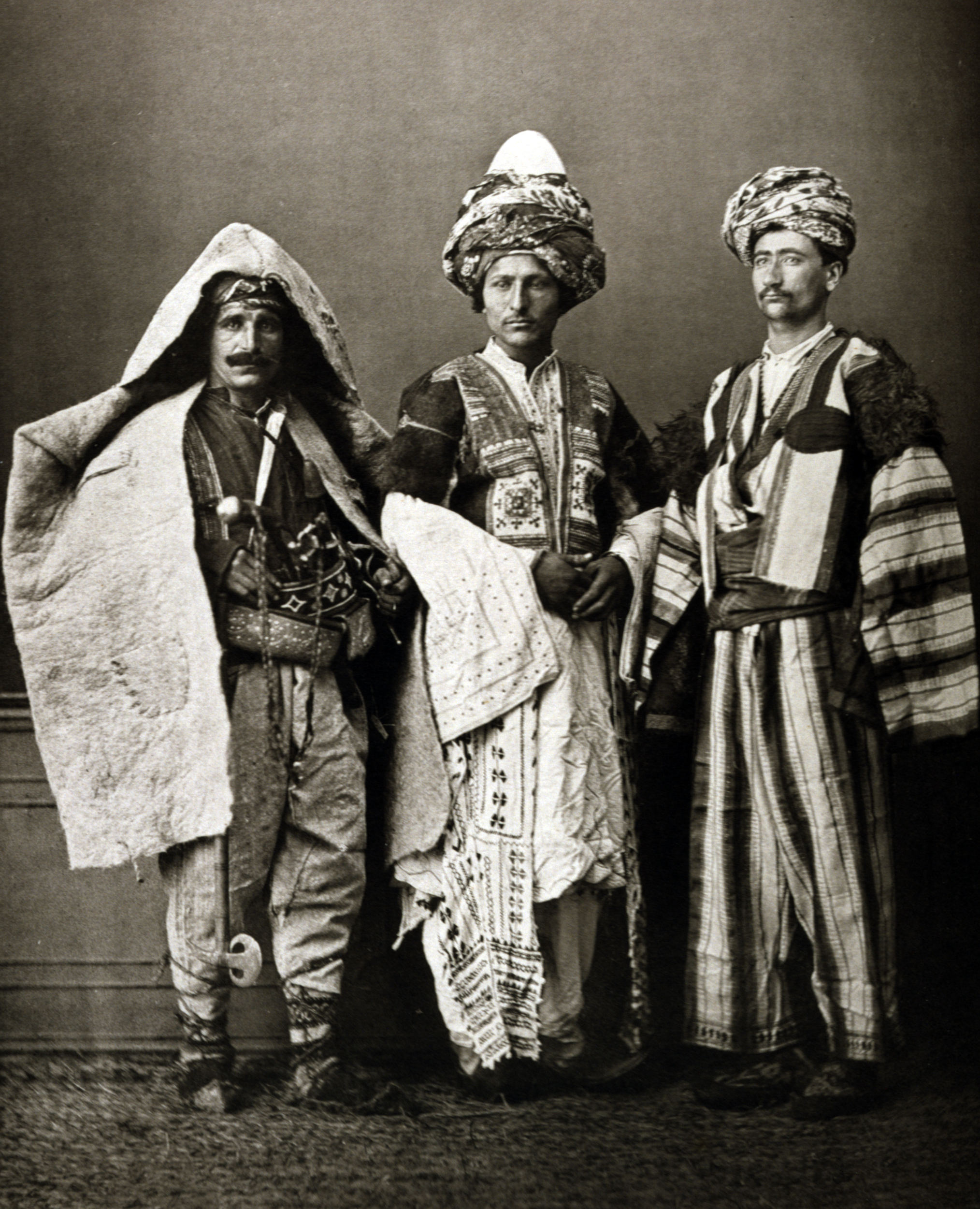The 20th century: New frontiers, new challenges
After World War I and the collapse of the Ottoman Empire, the Kurds had a chance to create their own state. The 1920 Treaty of Sèvres provided for the possibility of establishing a Kurdish state on the territory of the former Ottoman Empire. Unfortunately, this treaty was not implemented, and was replaced by the Treaty of Lausanne (1923), which established new borders in the Middle East without including a Kurdish state. As a result, the Kurds were divided between Turkey, Iran, Iraq and Syria, where they remain to this day.

For the Kurds, this period marked the beginning of a difficult struggle for recognition and preservation of their identity in four different countries. Attempts to win autonomy or independence were met with strong repression, especially in Turkey and Iran, where the authorities pursued a policy of assimilation and banned the use of the Kurdish language and the manifestation of cultural distinctiveness.


